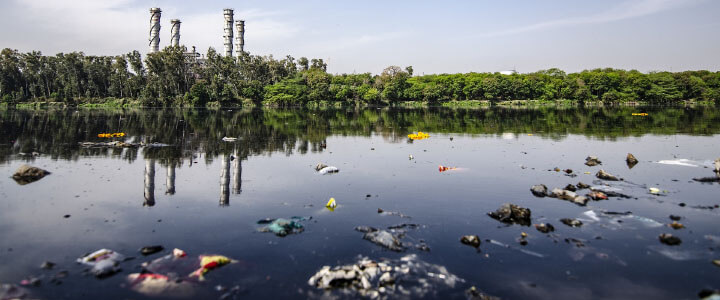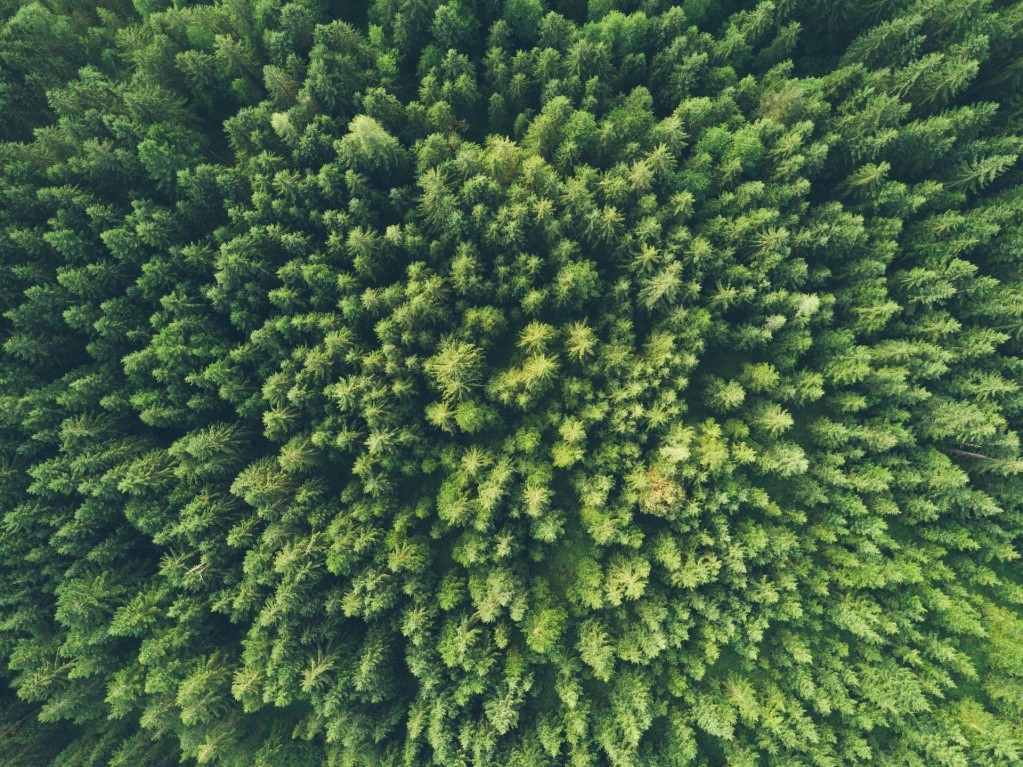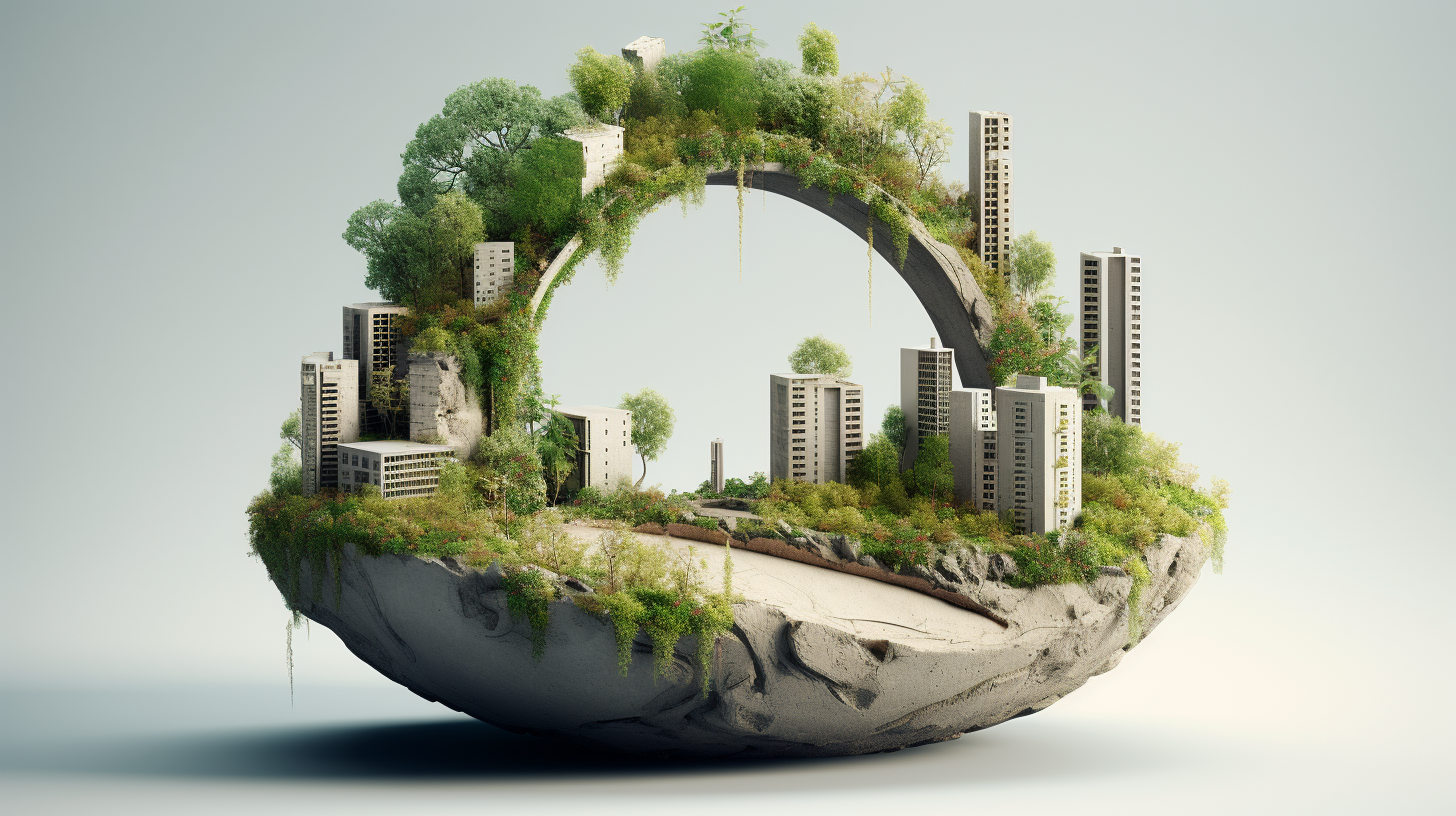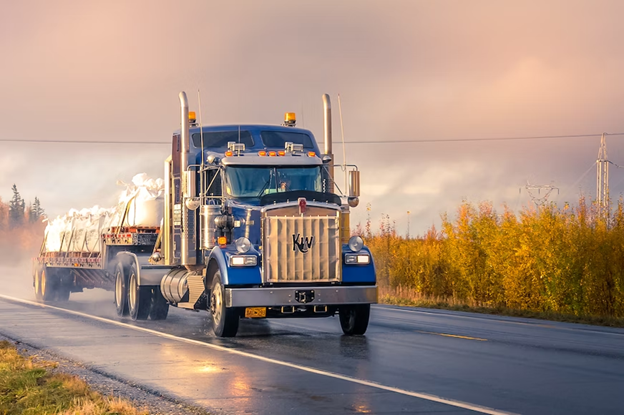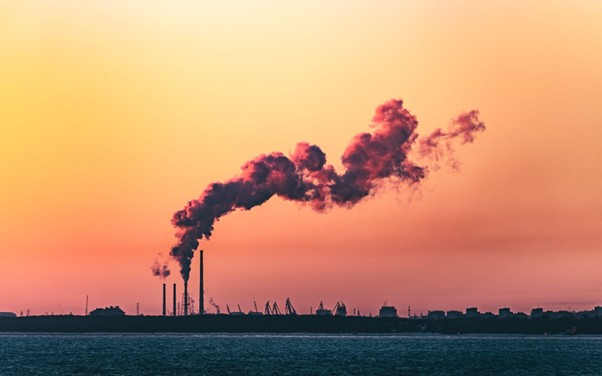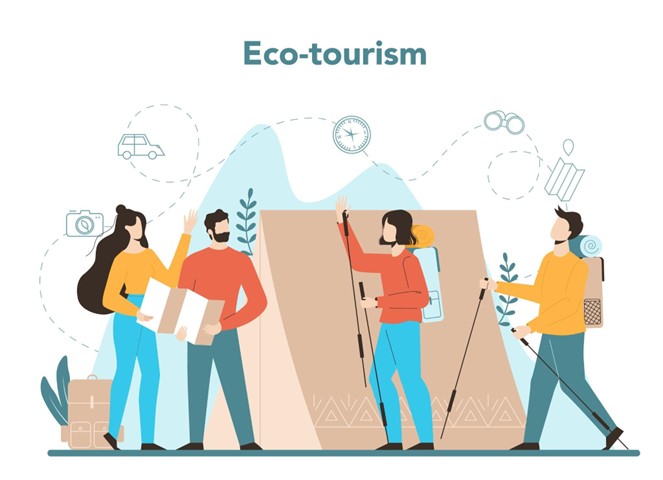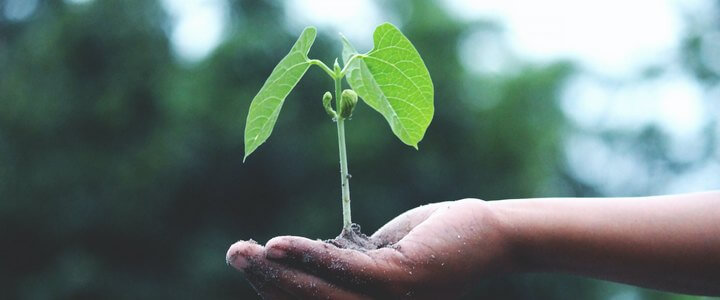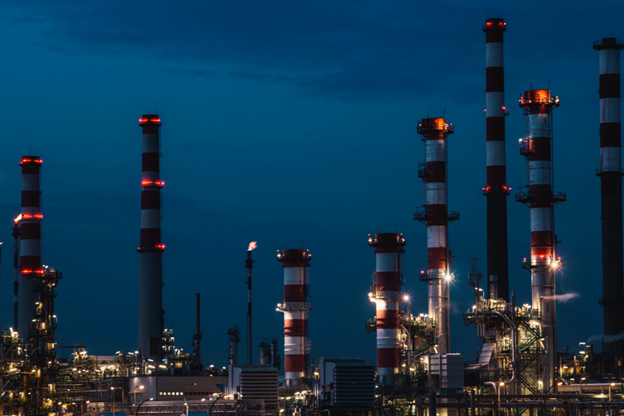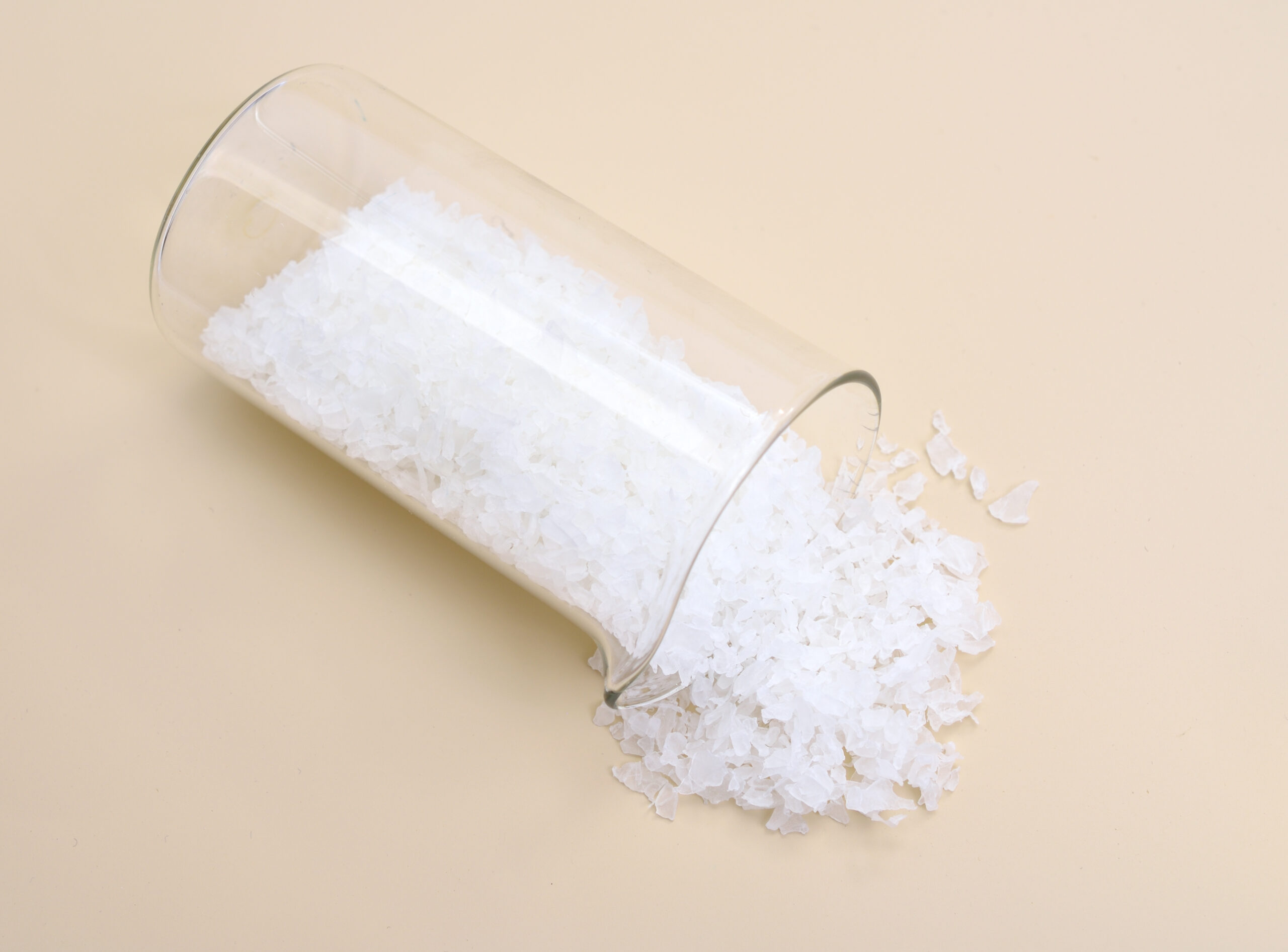What Does Water Contamination Mean for the Environment?
The subject of water pollution has seen greater attention over the past several years. As instances of contamination continue to increase, the issue has moved from the periphery of public discourse. More people are paying attention, participating in conservation projects as they spread awareness of the problem.
Of course, water pollution isn’t something that’s going to vanish overnight. Even with clean-up efforts, hashtags and similar initiatives, the damage is extensive and difficult to manage. The situation in California’s San Joaquin Valley serves as a fitting example of the challenges of water contamination.
As context, the San Joaquin Valley has the most contaminated drinking water in the United States. Research has shown the water is a health risk to over a million people, exposing them to pesticides, arsenic, nitrate and uranium. Beyond these dangers, the oil industry disposes of toxic wastewater in unlined pits.
So what consequences does water contamination have for communities? How does it affect the environment? We’ll answer these questions and others like them, looking at the threat of water pollution for both human populations and ecosystems. It starts with an understanding of the contaminants involved.
Contaminants Associated With Water Pollution
As stated above, the oil industry disposes of wastewater in unlined pits. The practice threatens the quality of groundwater without proper management, allowing a diverse variety of contaminants to enter an area’s water resources. These contaminants include toxic metals, benzene and even radioactive substances.
However, this represent only a partial view of a much bigger picture. Officials have yet to regulate specific contaminants, such as 1,2,3-Trichloropropane, a recognised carcinogen. In 2016, the San Joaquin Valley accounted for 63% of California public water systems that contained the contaminant.
That said, it’s unfair to focus on this small portion of California when looking at the country’s problems with contamination. The issue is far more significant, spanning the entire United States. The presence of perfluorooctanoic acid and perflurooctane sulfonate in sources of drinking water is clear evidence.
Over several decades, PFOA and PFOS have caused harm to the environment. By extension, they’ve contaminated the country’s water resources, eliciting health concerns that recently prompted the Environmental Protection Agency to take action. With this context, what are the effects of water contamination?
Effects of Water Pollution on the Environment
It’s true that water pollution has a direct effect on a community, but it also a diverse range of consequences for an ecosystem. The spread of harmful toxins will endanger animals in much the same way they endanger humans — through the consumption of dangerous contaminants. But this only scrapes the surface.
Ecosystems are delicate, and even the slightest disruption can result in complications. The introduction of chemicals, pesticides, fertilisers or sewage is more than enough to destroy a habitat. Though remediation efforts may eventually restore these affected areas, the contamination can lead to short-term problems.
For example, fish that consume the contaminants in their ecosystem may deliver them to a human population. The collection and distribution of these tainted fish results in sickness, and this is just one way that water pollution affects the public. The use of toxic groundwater for irrigation compromises public safety as well.
In summary, the issue of water pollution is considerable, and current trends are troubling. National Geographic reports that communities dump 2 million tons of human waste into rivers and other water channels every day. These practices have endangered many species of aquatic wildlife while driving others to extinction.
Looking Toward the Future
In the United States, the United Kingdom and countries across the world, environmental conservation remains a pressing responsibility. Our water resources are finite, and it’s crucial to preserve them for present and future generations. Hopefully, in time, we’ll see the rehabilitation of affected areas and the restoration of ecological harmony.
Bio
Emily Folk is a conservation and sustainability freelance writer and blogger from Lancaster, PA. Check out her blog, Conservation Folks, or follow her on Twitter for the latest updates.

